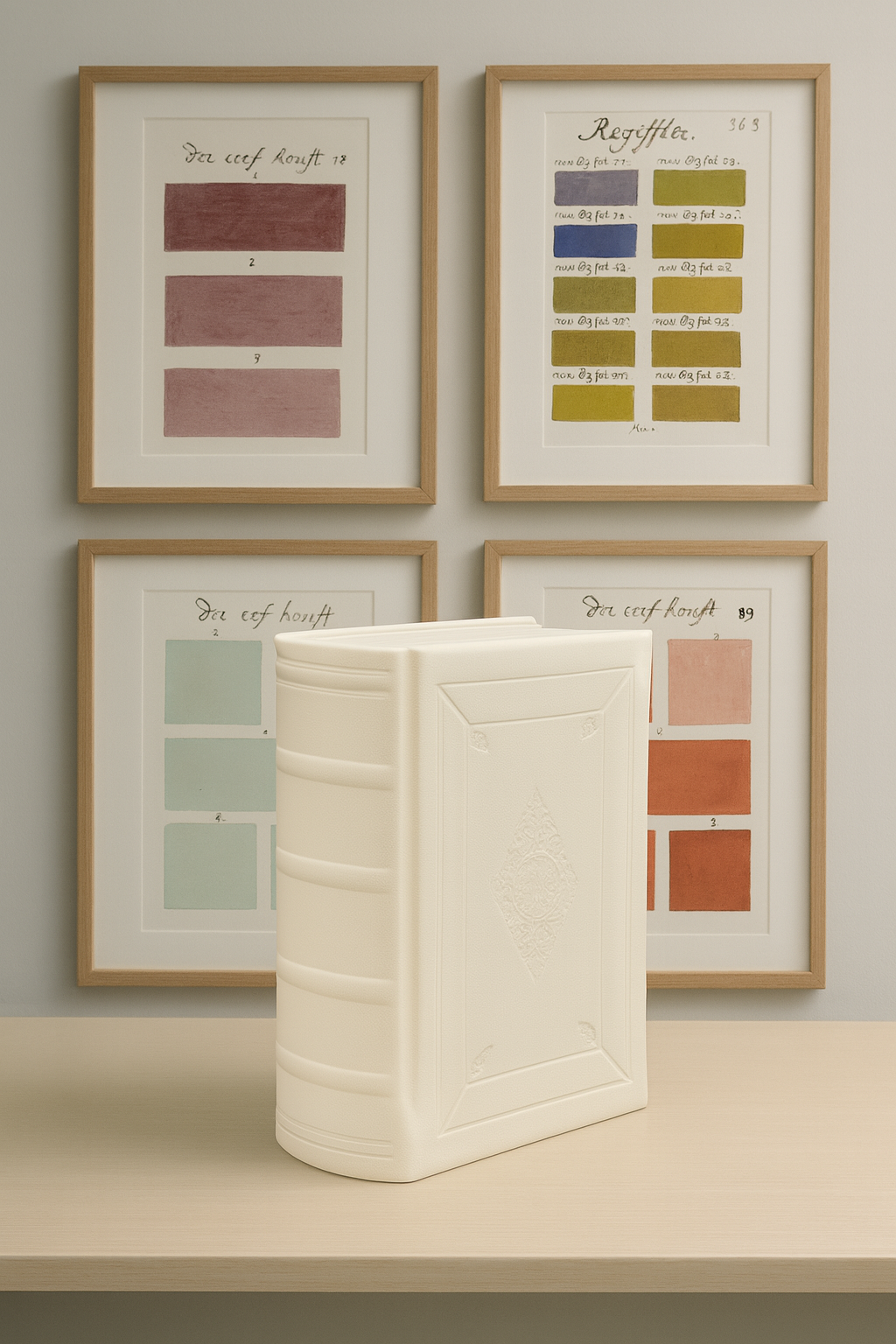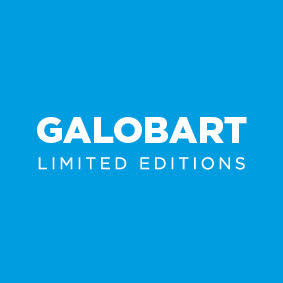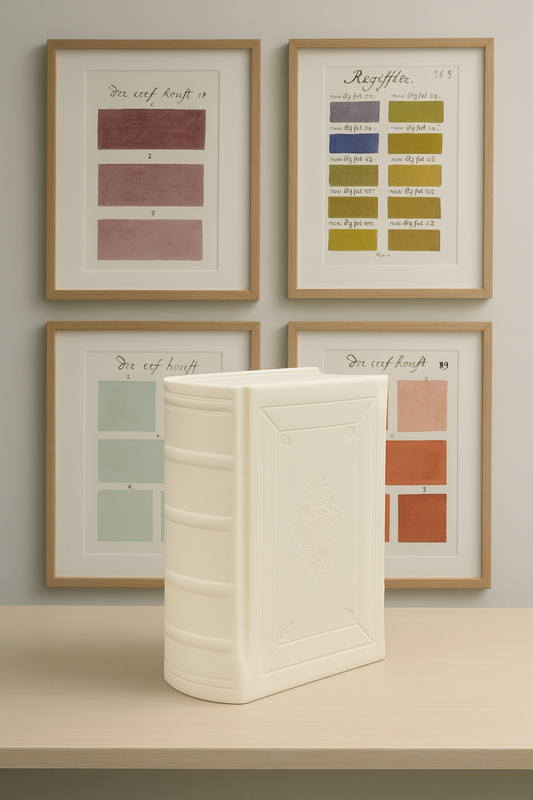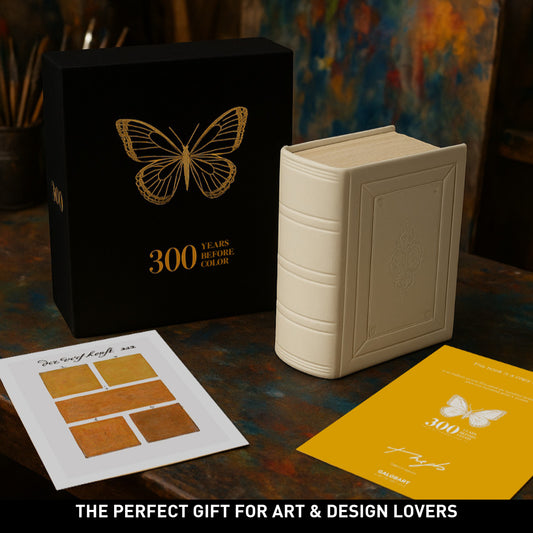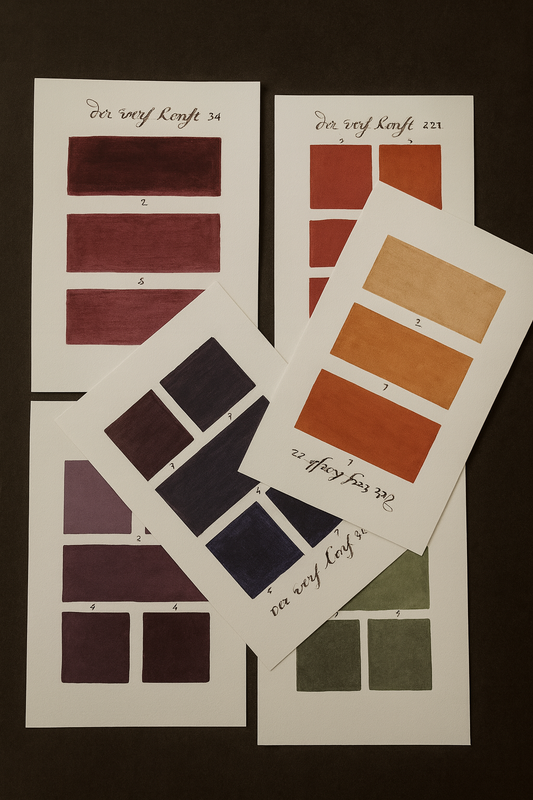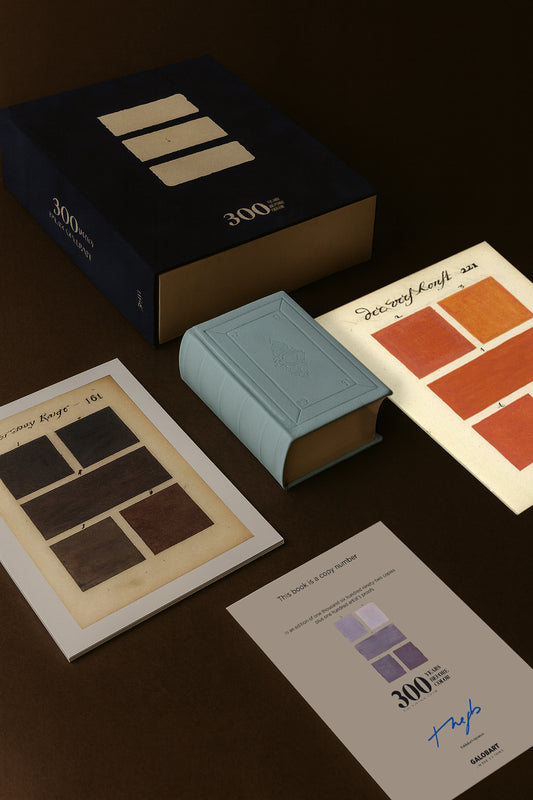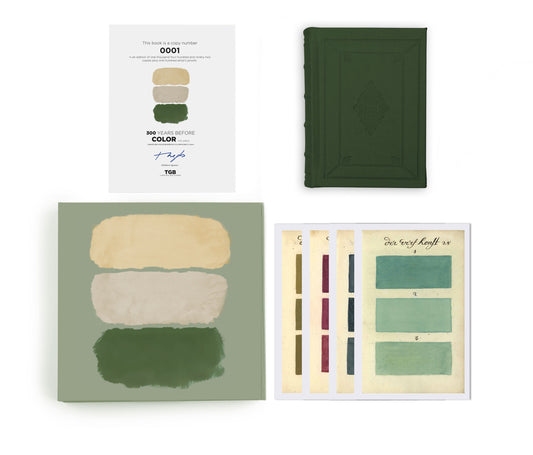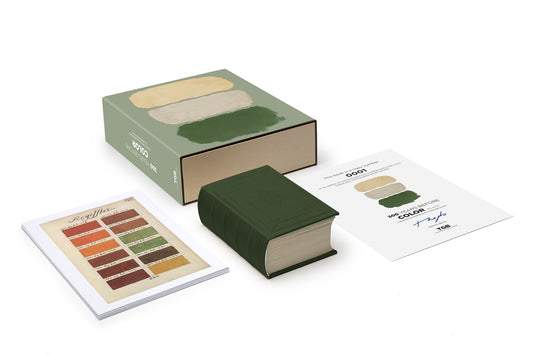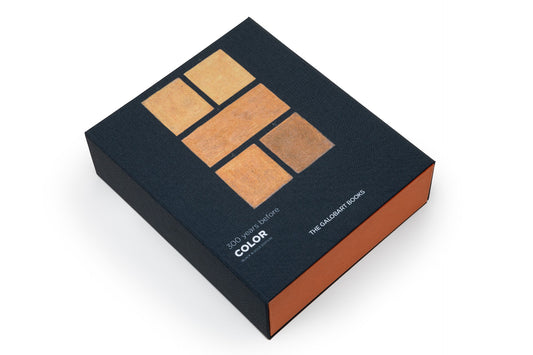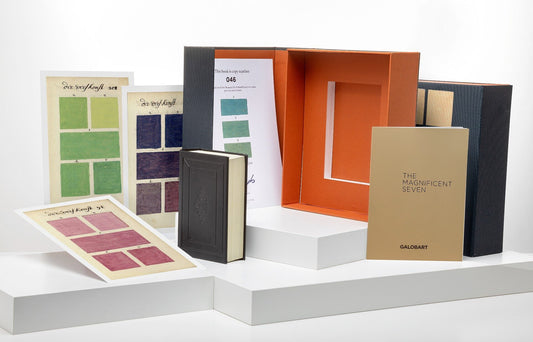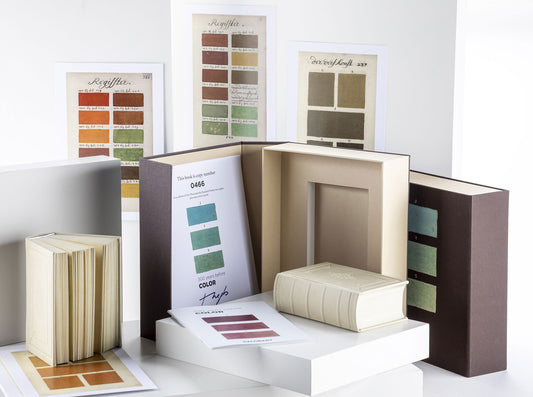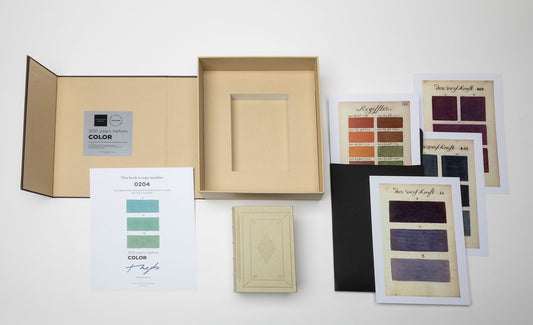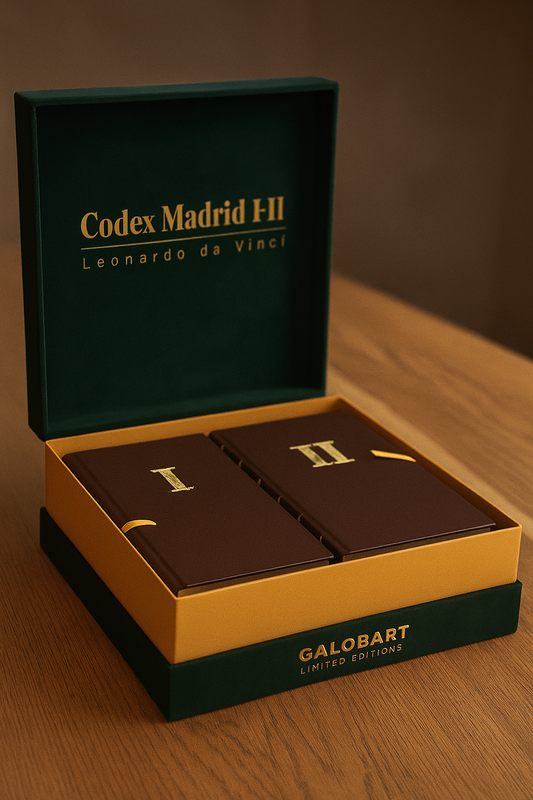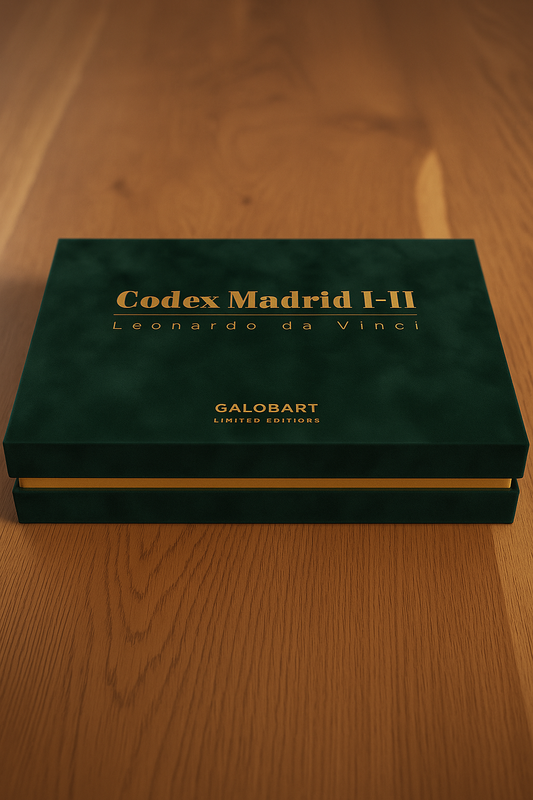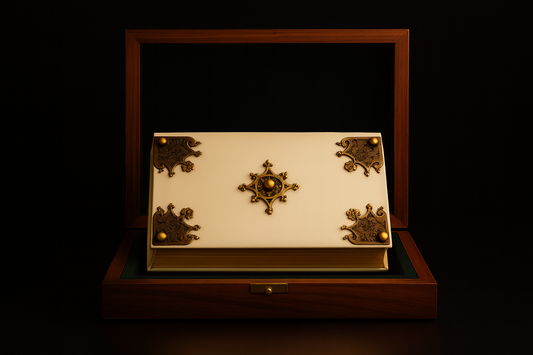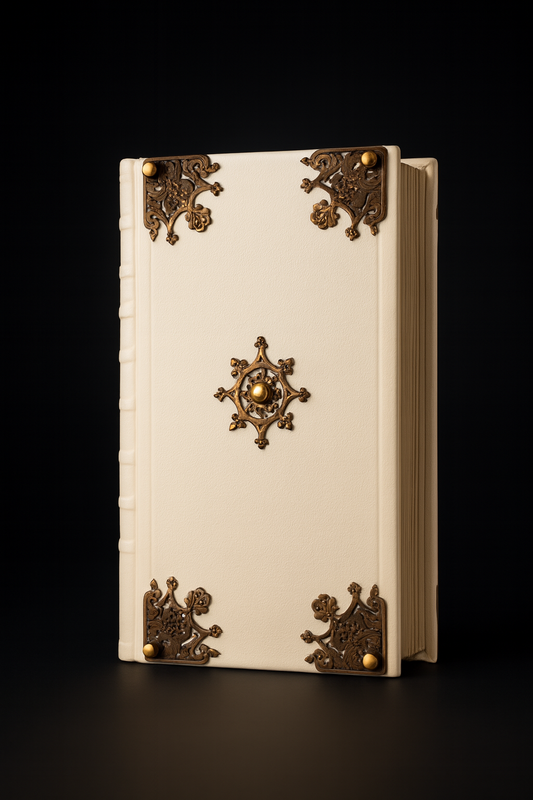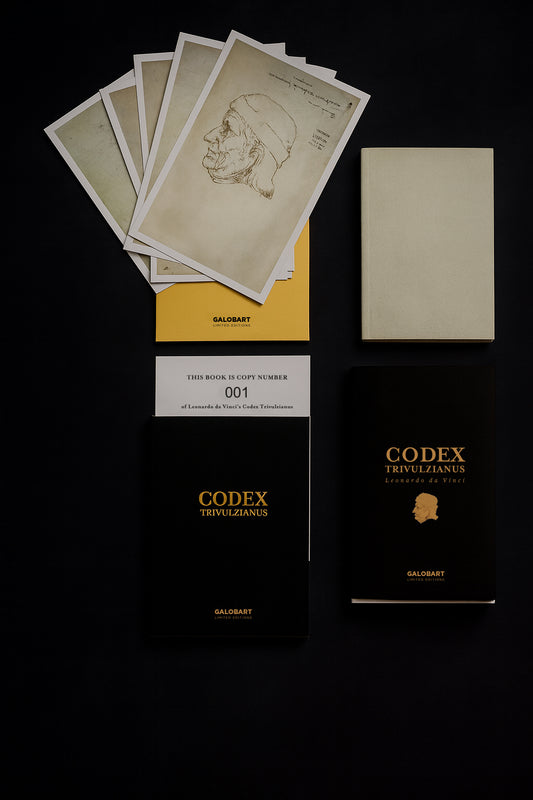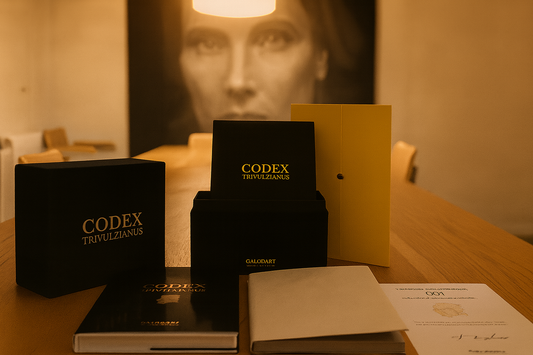COLLECTOR'S EDITION
The Tro-Cortesian Codex
*A jewel of humanity's heritage and one of the most fascinating treasures of history
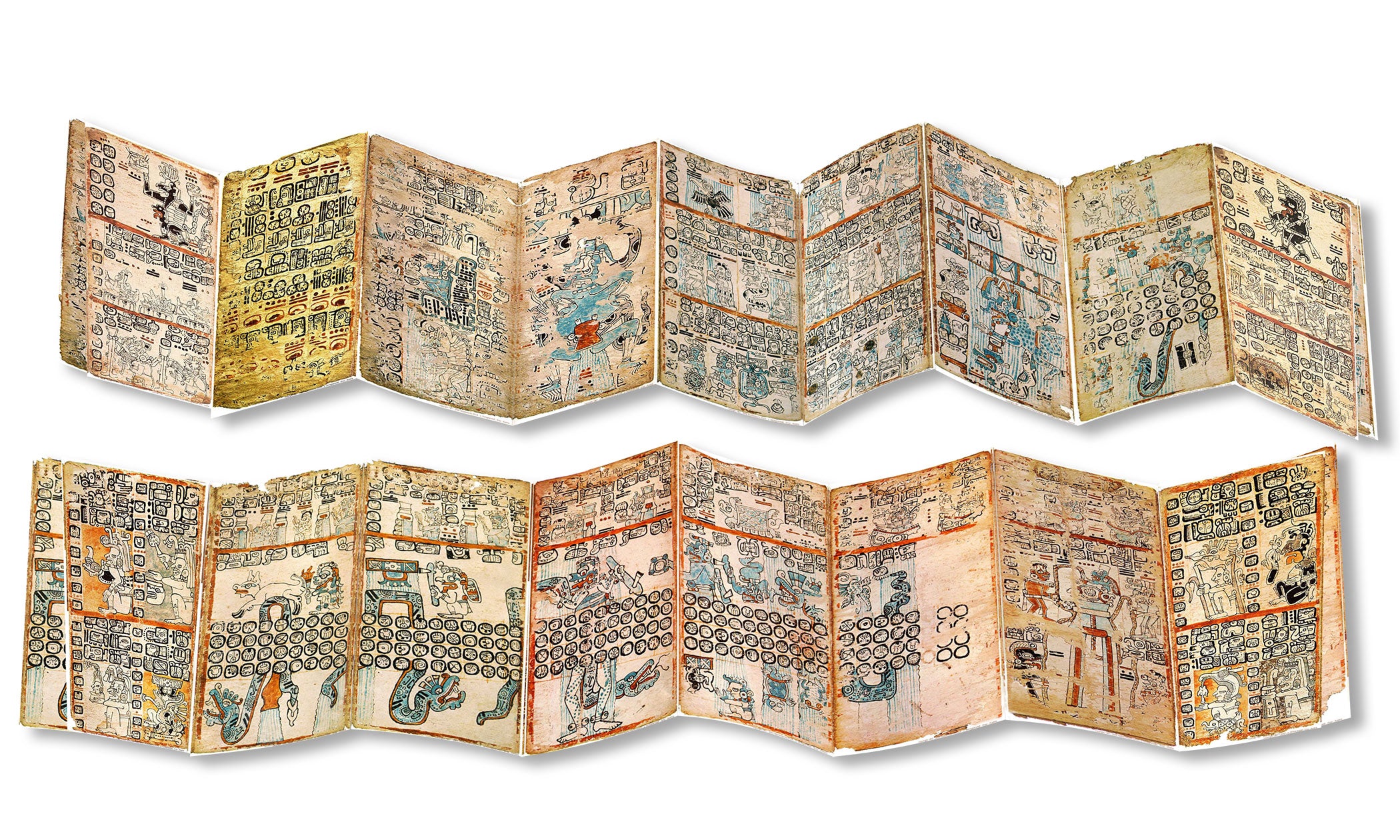
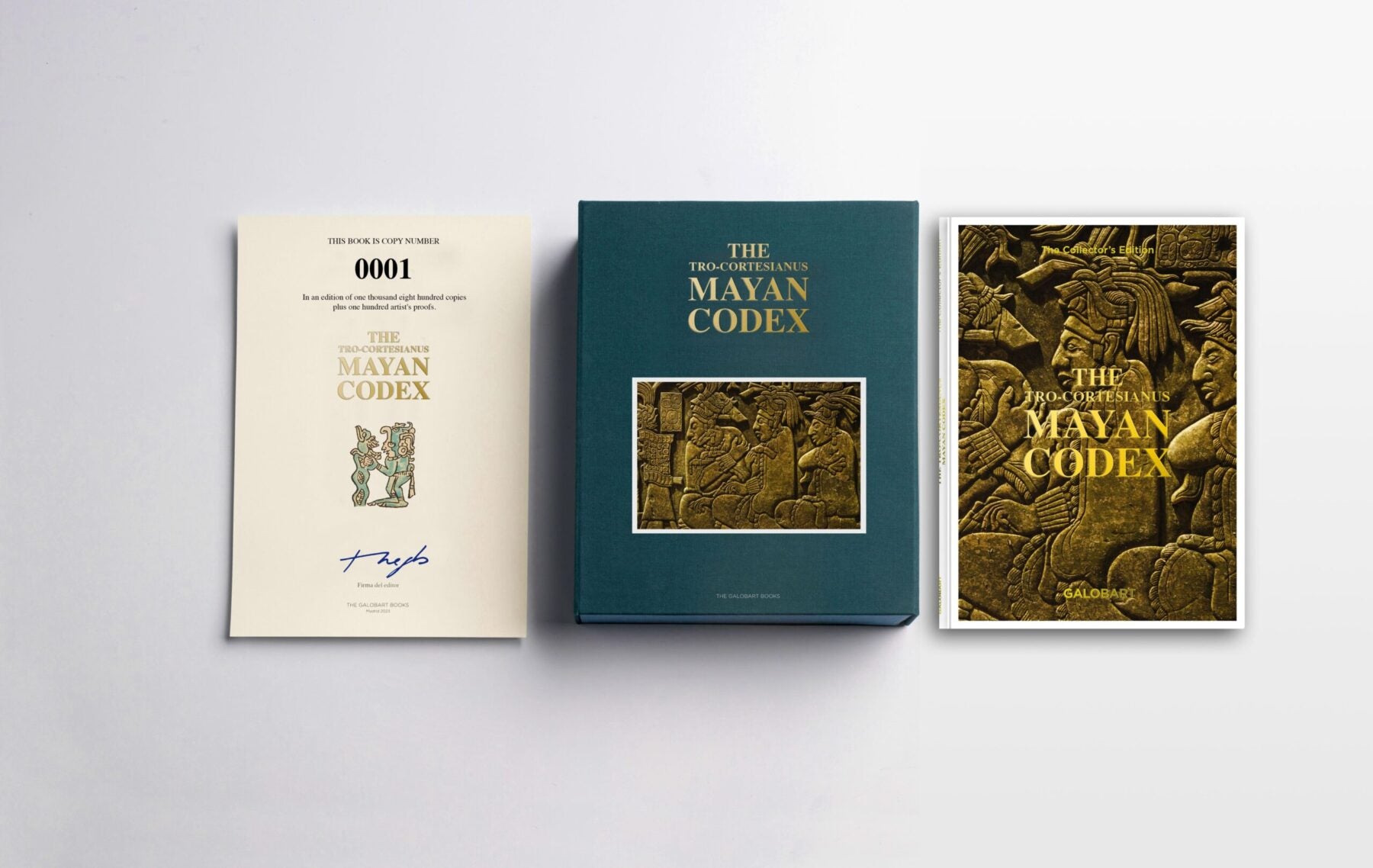
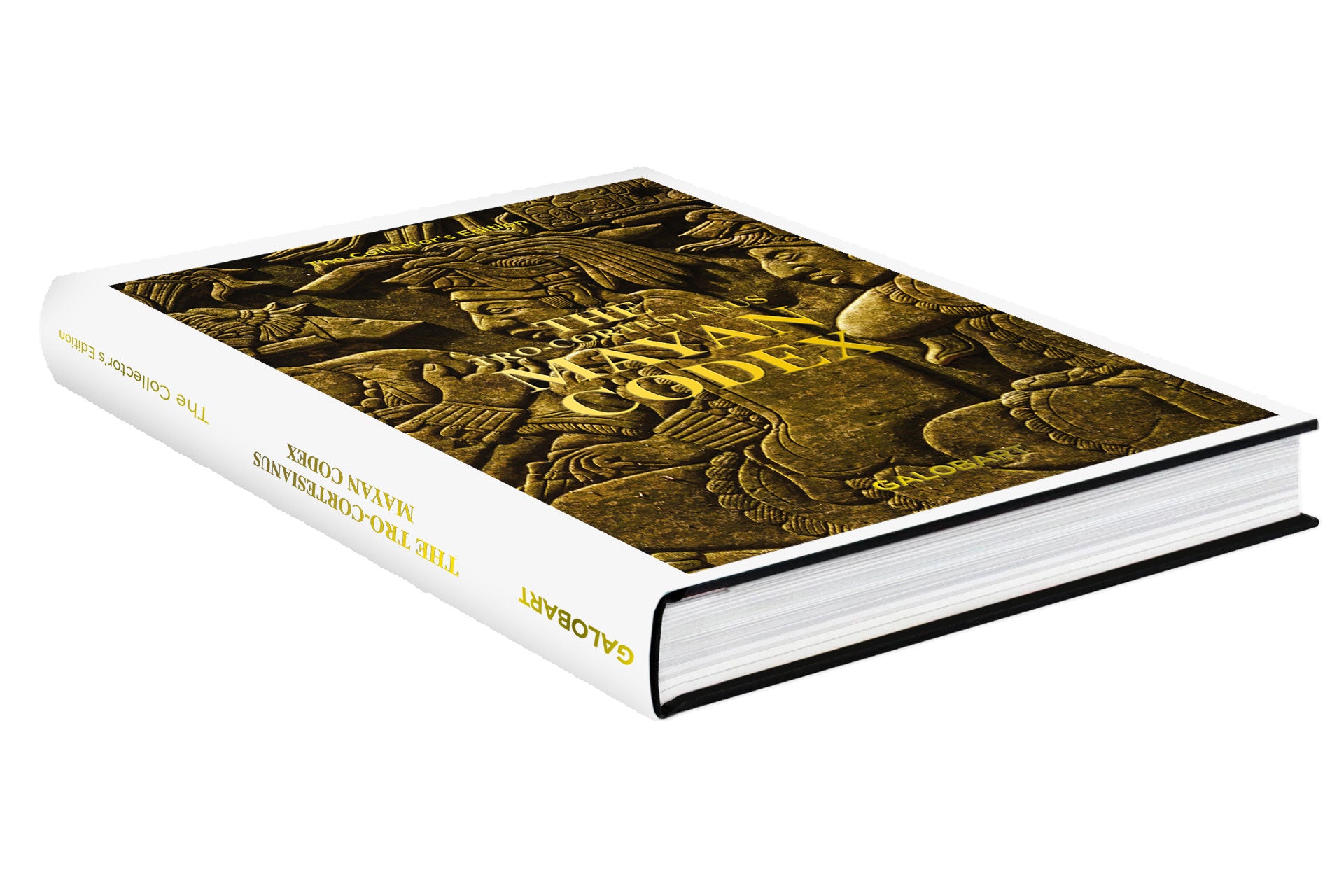
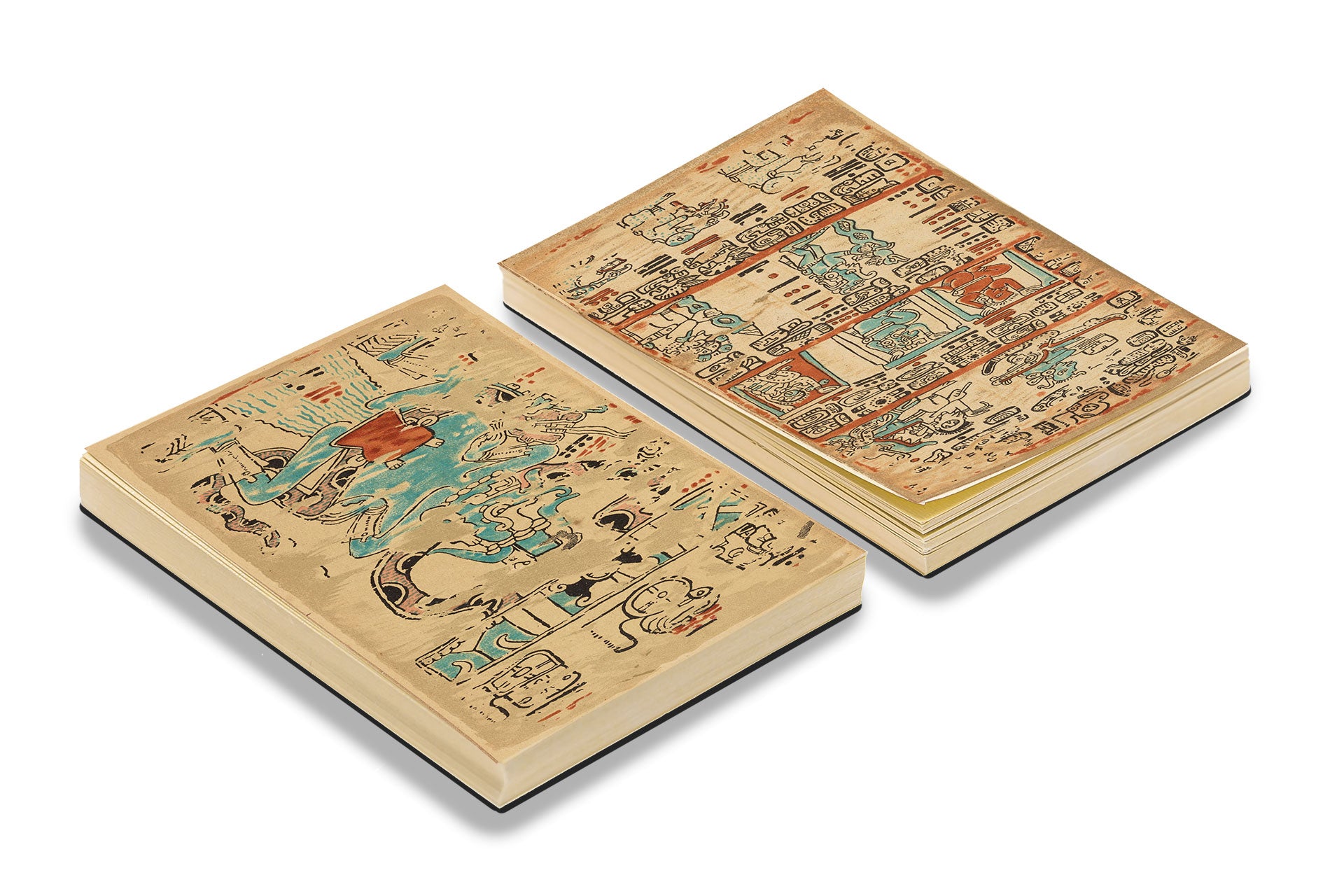
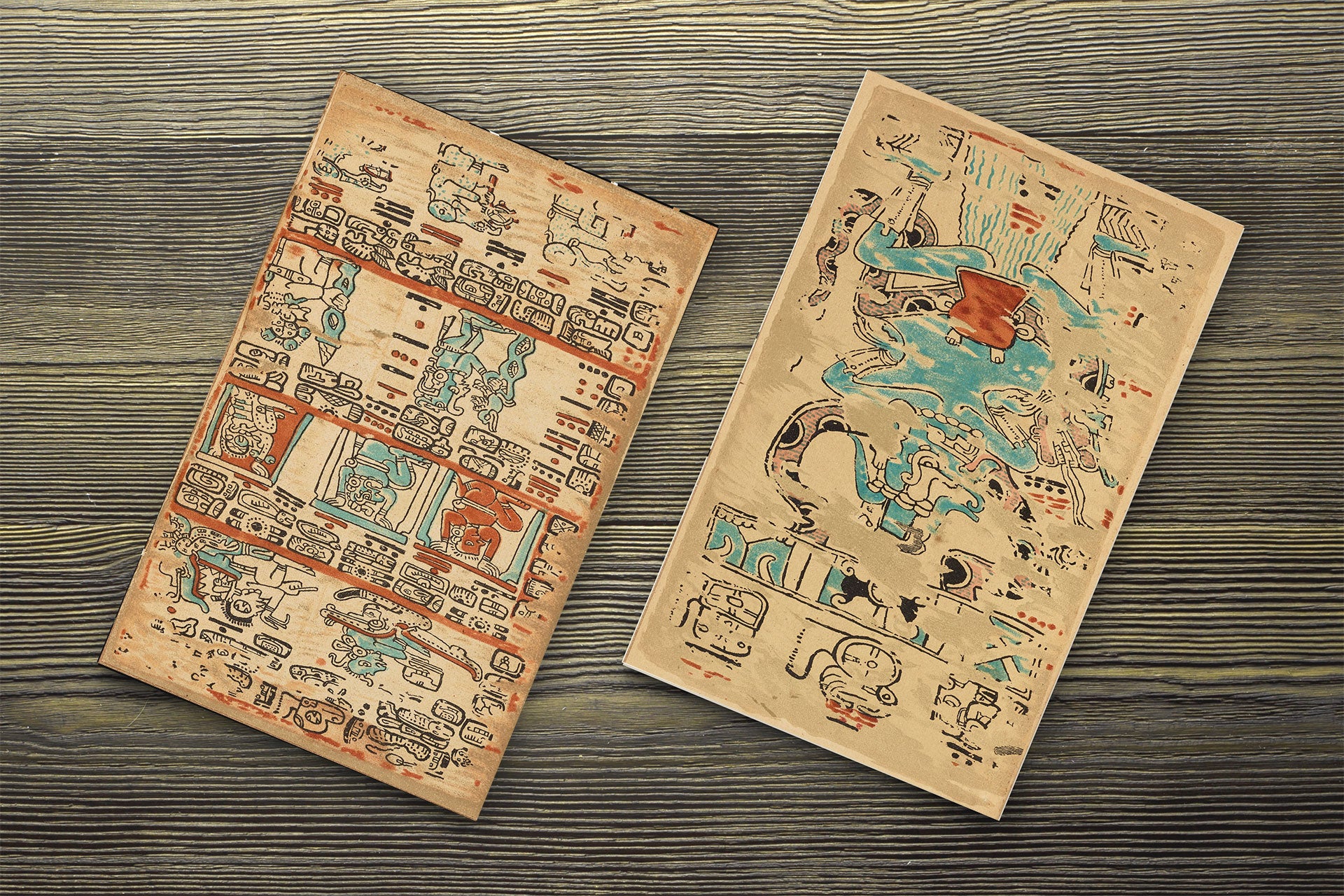
The Tro-Cortesian Codex
The Tro-Cortesian Codex
*Today, Last day Special customer presale
Secure and trusted checkout with
Couldn't load pickup availability
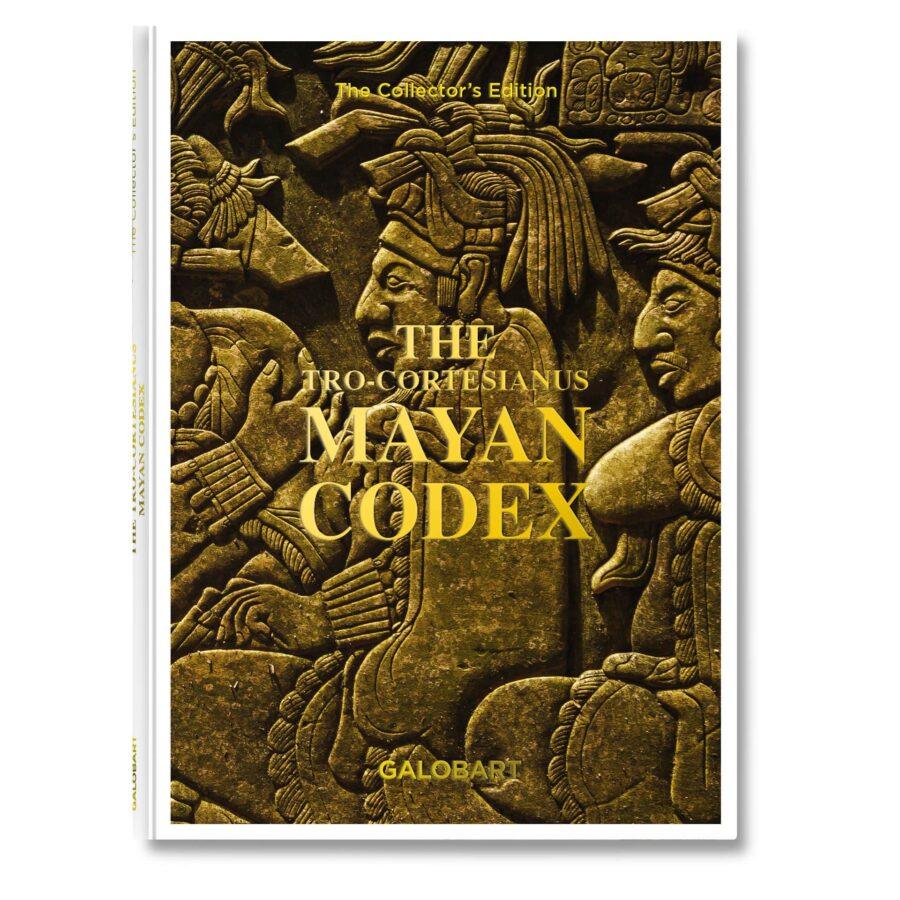
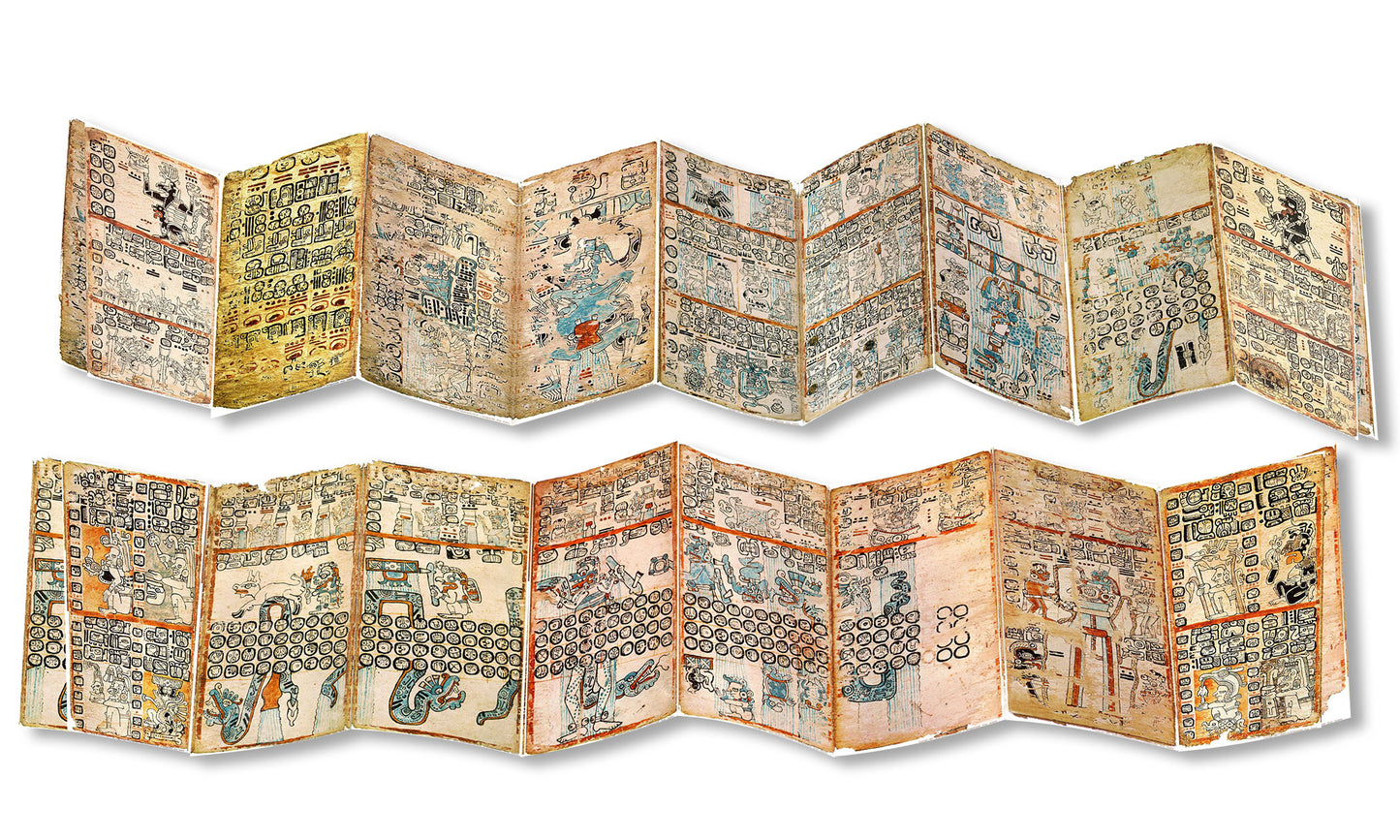
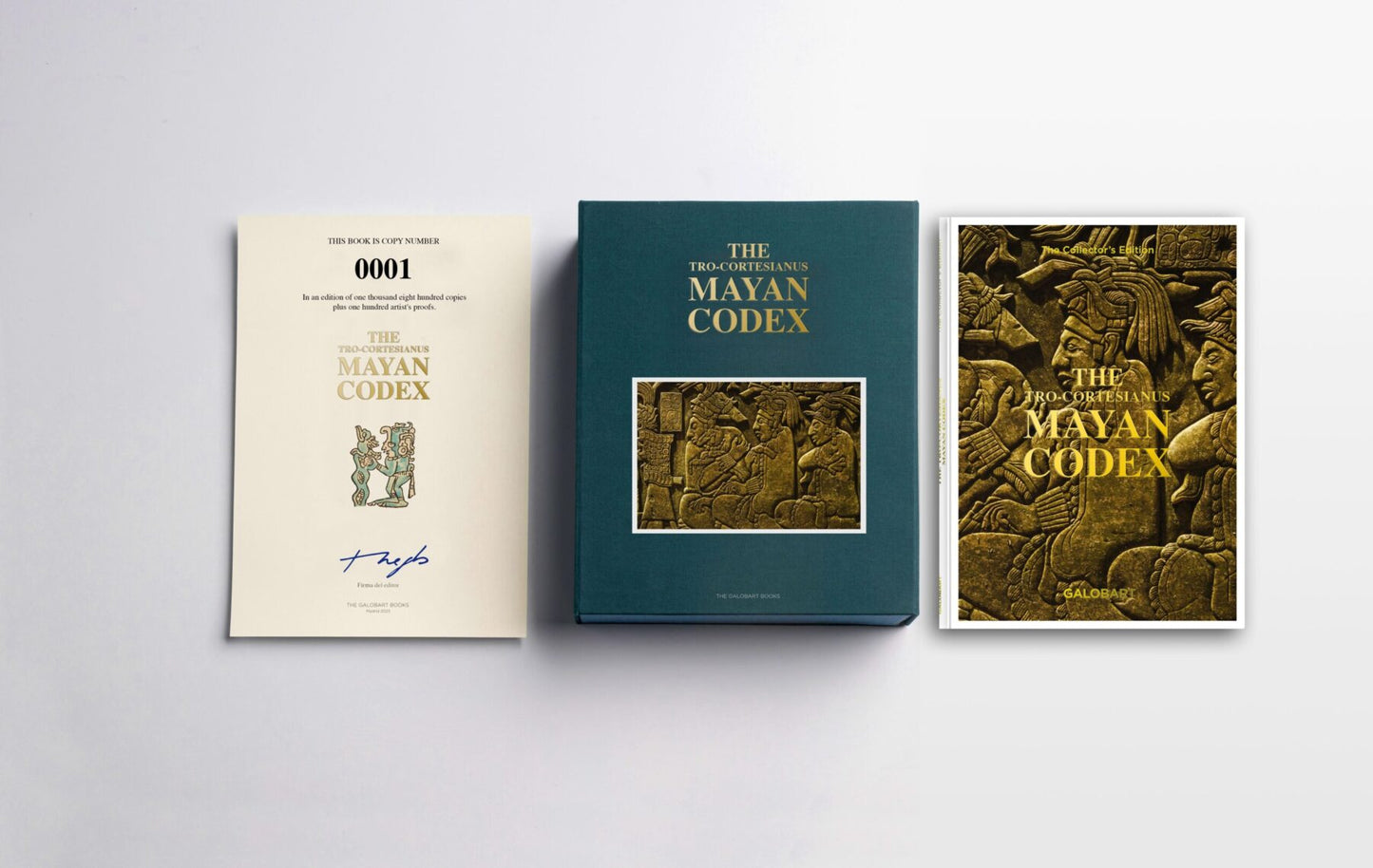
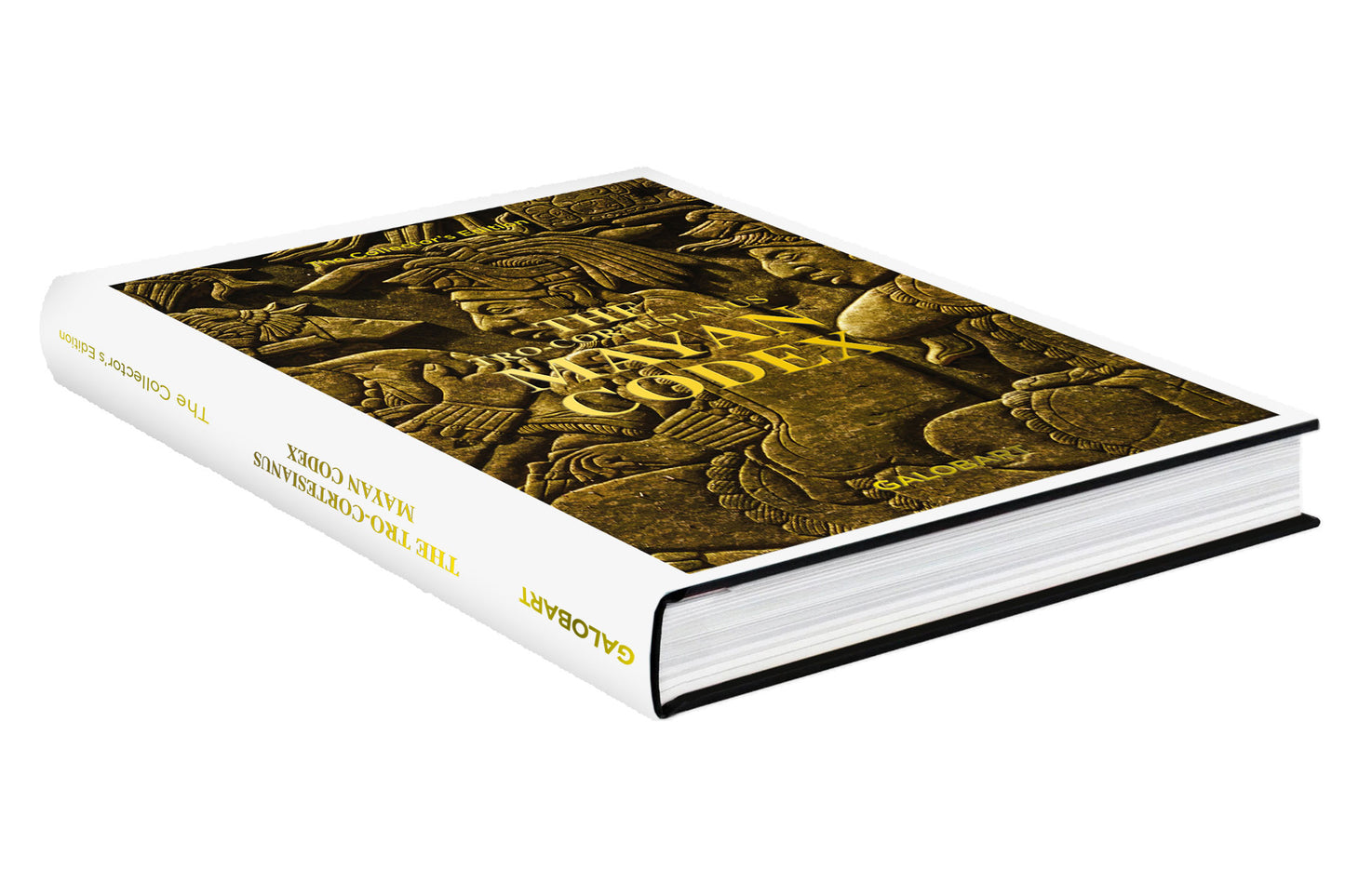
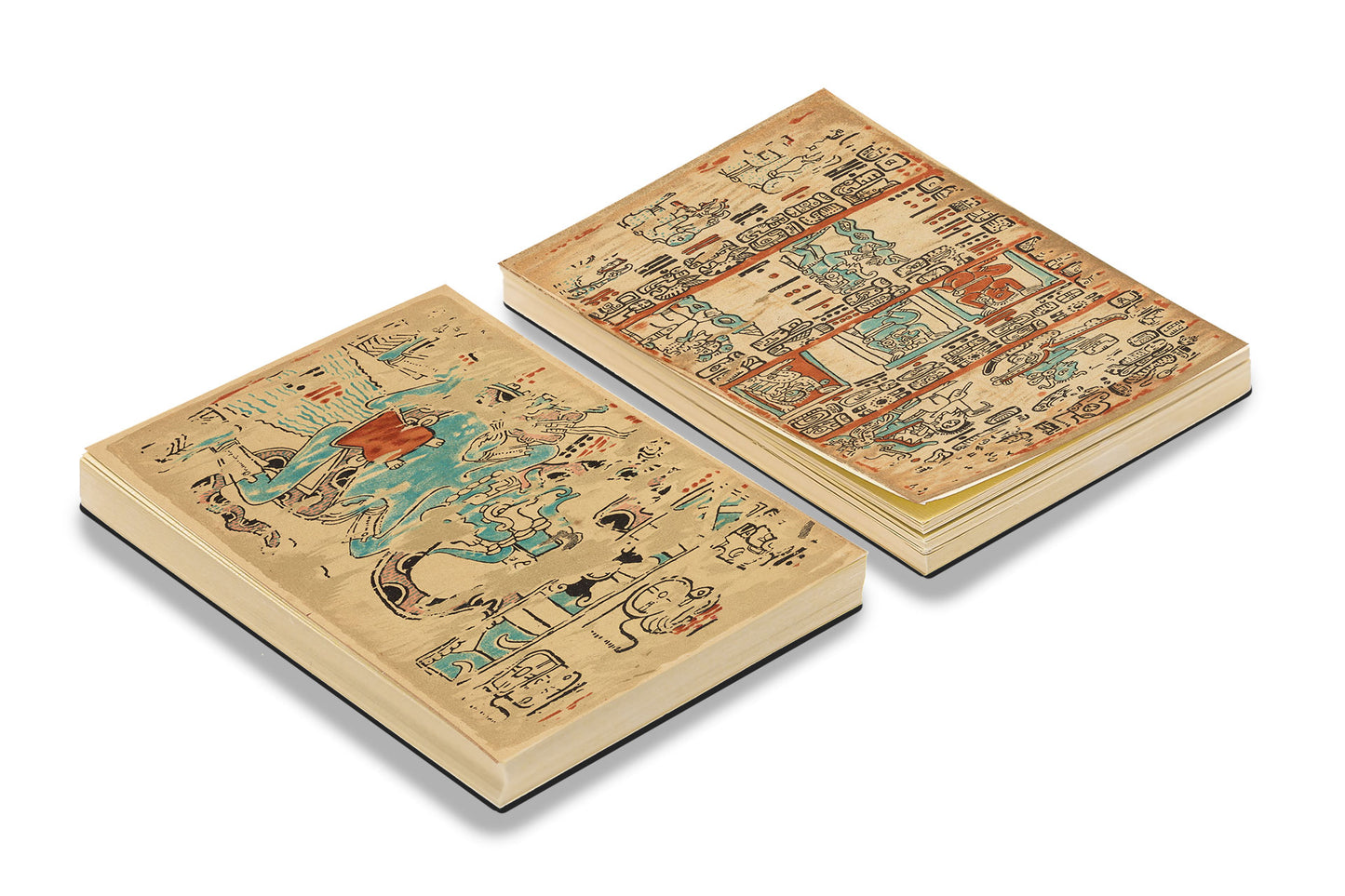
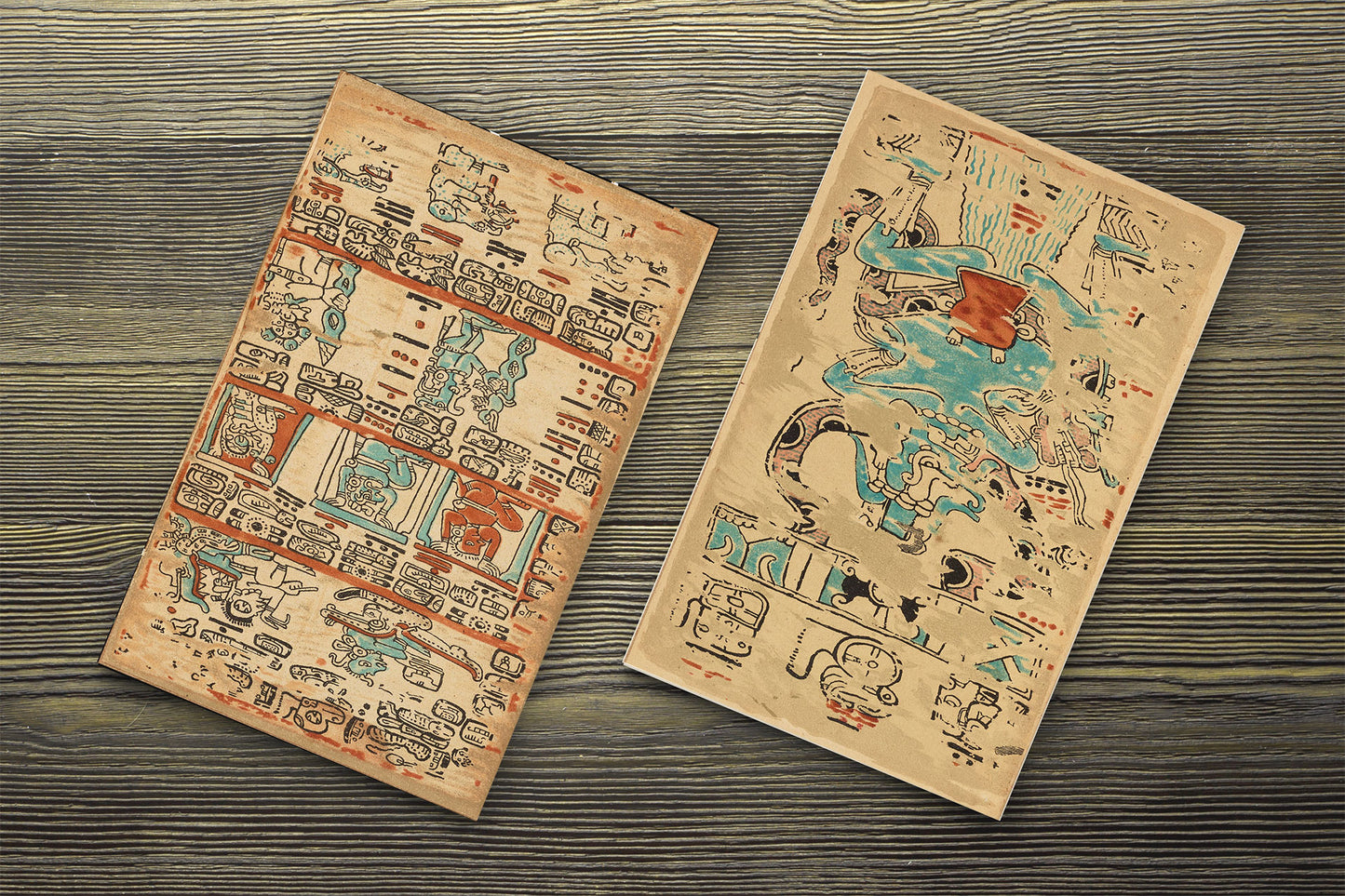







COLLECTOR´S EDITION* THE TRO-CORTESIAN CODEX
Each deluxe limited edition contains:
+ Facsimile of the original of the Troano Codex, 4.16 meters long.
+ Facsimile of the original of the Cortesian Codex, 2.38 meters long.
Both facsimiles, like the original, accordion folded, in sheets of 22 x 12 cms (8.7 x 4.7 in).
+Hardcover book with dust jacket and embossed gold lettering.
+An elegant case, in green silk fabric, handmade, numbered from 1 to 999.
Today $180 / After $280
Free shipping. Receive it in a few days.
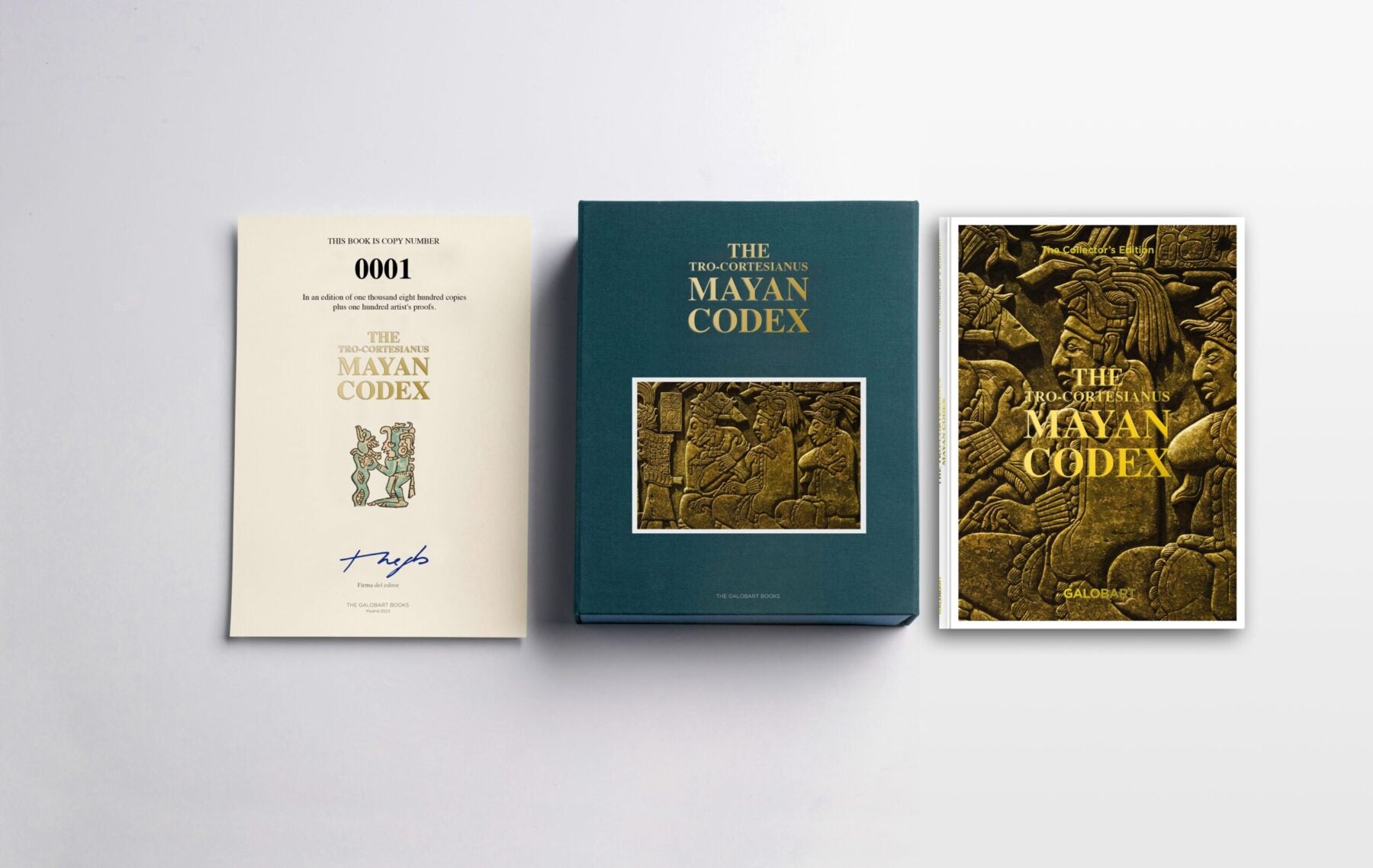
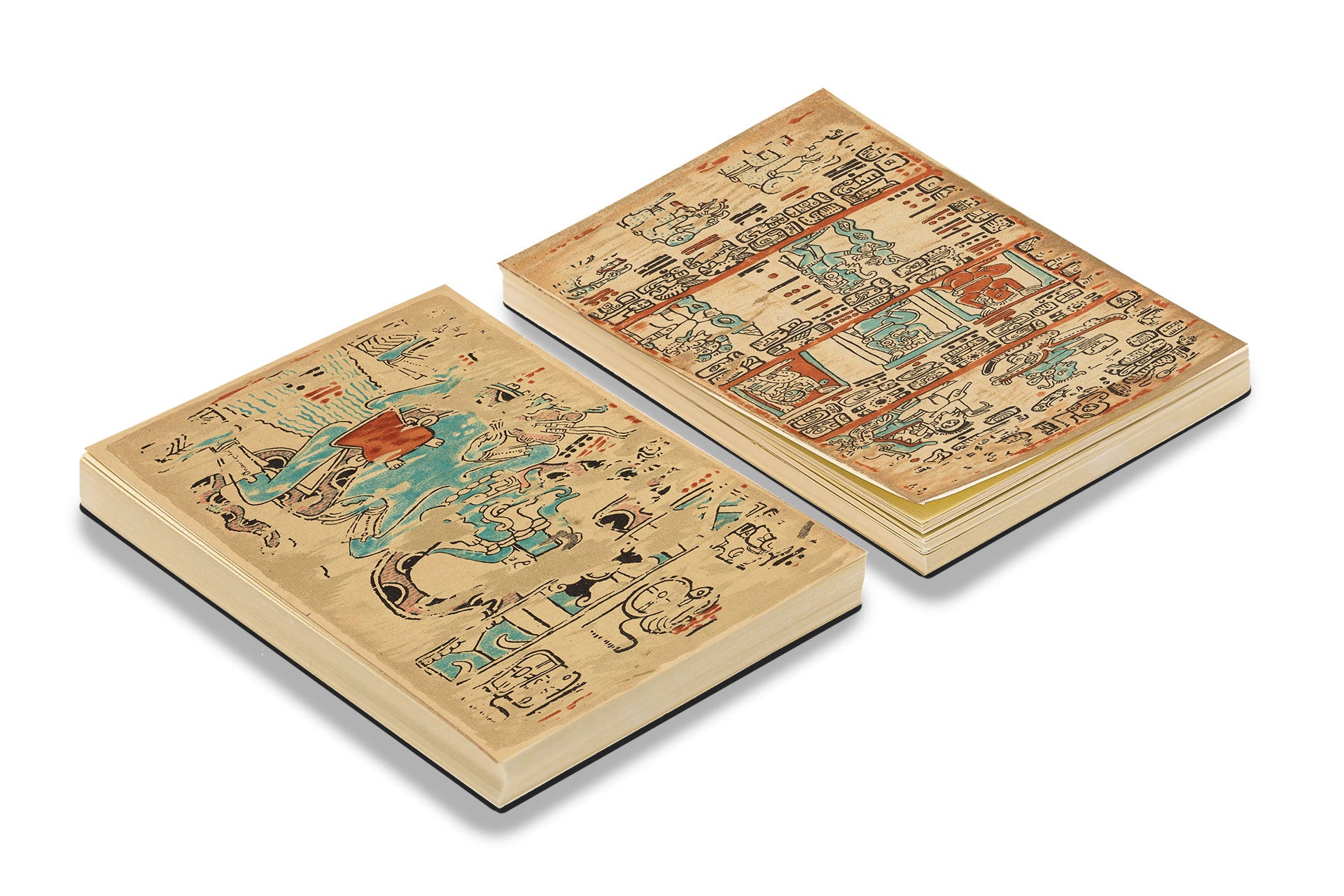
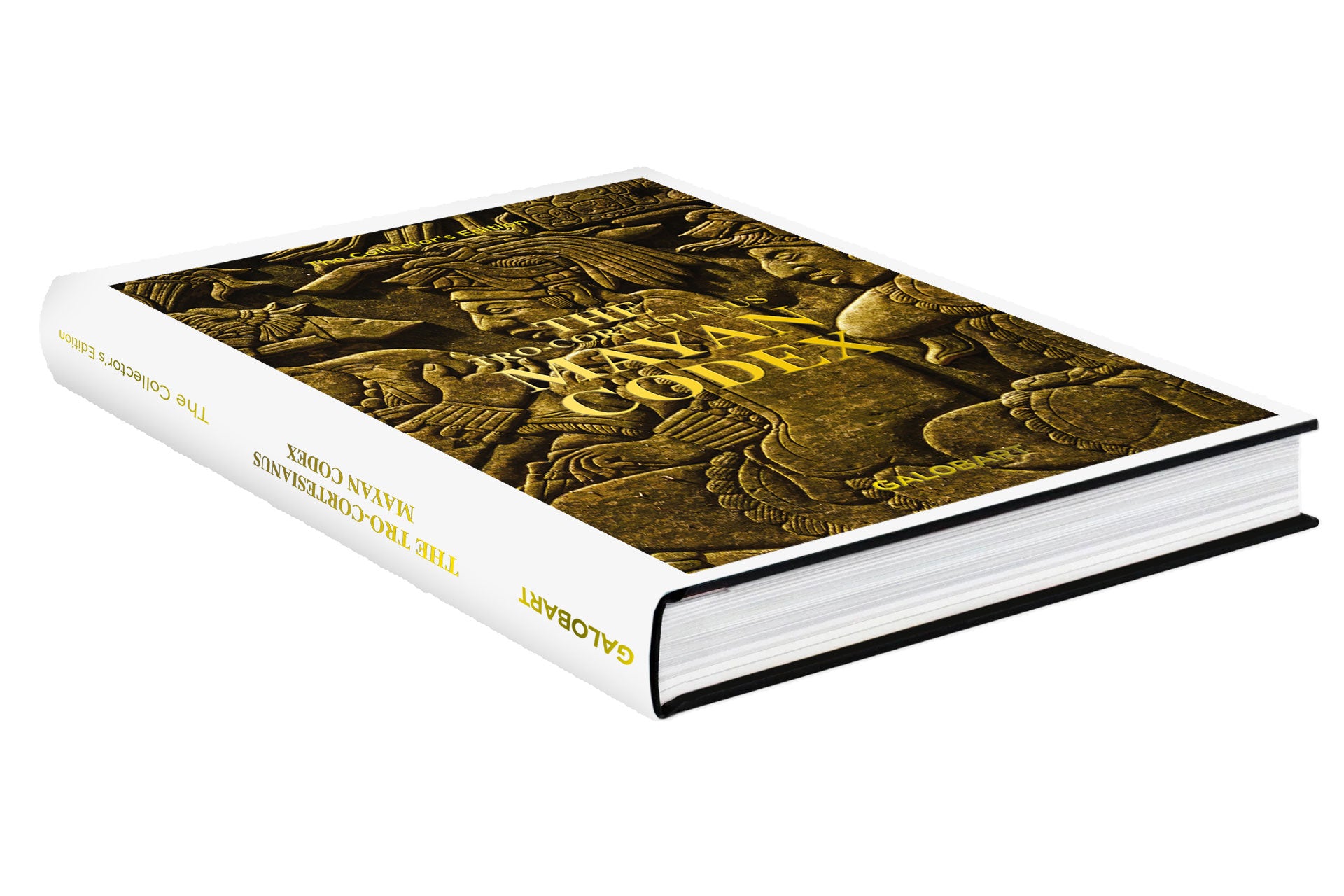
Two codices that come back together:
The Tro-Cortesian Codex, Codex Tro-Cortesianus or Madrid Codex is a Maya codex.
It is considered the most important book in the Museum of America in Madrid, and one of the most outstanding pieces of the entire collection, although for conservation reasons and to minimize damage, what is exhibited to the public is a facsimile and the original remains stored in the vault of the museum. Is a pre-Columbian Mesoamerican manuscript that provides a visual and textual record of indigenous cultural practices and beliefs.
In the second half of the 19th century two separate fragments were located. When both fragments were studied, it was found that they were part of the same book. They have a length of 4..6 + 2.38 meters.
The sum of the Codex Troano and the Codex Cortesiano gives rise to the Codex Trocortesiano, which is a whopping 6.82 meters long. This very long strip, which was used as a support, is not exactly paper but is made with vegetable fibers from cactus such as maguey, agave or pita, agglutinated with natural comma and covered with a light lime stucco.
This codex is considered a valuable artifact that offers insights into the world of Mesoamerican societies before European contact.
It is one of only four surviving pre-Hispanic Maya codices, along with the Dresden Codex (Saxon State Library and University of Dresden, Dresden), the Paris Codex (National Library of France, Paris) and the Codex Maya of Mexico, or Codex Grolier, (National Library of Anthropology and History, Mexico City),
Created around the early 16th century, during the time of the Spanishconquest of the Aztec Empire, the Codex Cortesianus is composed of multiple sections or pages, each containing intricate illustrations accompanied by hieroglyphic texts. These images and glyphs together serve to convey a range of topics and themes that were significant to the indigenous cultures of the region.
What to find in the codex:
The codex covers a diverse array of subjects, including:
Religious Rituals and Ceremonies: This section often includes depictions of religious rituals, ceremonies, and interactions with deities. Scenes of priests, offerings, and sacrificial rituals might be present, shedding light on the spiritual practices of the time.
Cosmological Concepts: Many codices contain images that relate to cosmology, including celestial bodies, constellations, and the movement of celestial objects. These sections help us understand how Mesoamerican cultures perceived the cosmos and incorporated these concepts into their religious and cultural beliefs.
Calendrical Information: Mesoamerican societies developed intricate calendrical systems that were crucial for agricultural, religious, and societal events. This section could include images of calendars, dates, and specific days or ceremonies related to the calendar.
Mythical and Historical Narratives: Some sections might contain visual narratives of mythical stories or historical events. These could include origin stories, legendary events, or important moments in the history of a particular culture.
Divinatory Practices: Mesoamerican cultures often used divination as a means of predicting future events or making decisions. This section might include images of diviners interpreting omens, casting lots, or engaging in other forms of divination.
Daily Life and Activities: Scenes depicting everyday life activities, such as farming, trade, and social interactions, could provide insights into the societal norms and practices of the time.
Figures and Deities: Images of gods, goddesses, and other supernatural beings are common in Mesoamerican codices. These figures often play a central role in religious narratives and rituals.
Hieroglyphic Texts: Throughout the codex, hieroglyphic texts accompany the images, providing explanations, descriptions, and contextual information. Understanding these texts is crucial for interpreting the significance of the images.
The illustrations in the Codex Cortesianus are characterized by their meticulous detail and vibrant use of color. The accompanying hieroglyphic texts, written in indigenous scripts, provide additional context and explanations for the images. These texts are an essential component of understanding the cultural significance of the codex.
As with many Mesoamerican codices, the Codex Cortesianus was created on bark paper, a traditional medium made from the inner bark of certain trees. Pigments derived from natural sources, such as minerals and plants, were used to create the colorful illustrations.
This codex, along with others like the Codex Dresden, contributes to our understanding of the complex societies that flourished in Mesoamerica prior to European colonization. Through these manuscripts, modern scholars and enthusiasts gain insights into the religious beliefs, social structures, and artistic achievements of these cultures.
⭑⭑⭑⭑⭑
I received my latest facsimiles: Madrid Codex II, and the Tro-Cortesianus last week, and I wanted to say how thoroughly delighted I am with both of them! They arrived in perfect condition and have already provided me with much pleasure! Thank you all so much!
LARRY STEWART. CANADA.







What's Included
*TWO FACSIMILES ( 6.82 METERS LONG. )
*Facsimile of the original of the Troano Codex, 4.16 meters long.
*Facsimile of the original of the Cortesian Codex, 2.38 meters long.
Both facsimiles, like the original, accordion folded, in sheets of 22 x 12 cms (8.7 x 4.7 in).
*HARDCOVER BOOK + DUST JACKET
*Hardcover book with dust jacket and embossed lettering.
*AN ELEGANT SILK CASE
*An elegant silk case, handmade, the inside of which contains the two original facsimiles and a label, numbered from 1 to 1,800.
In honor of Leon de Rosny, an ethnologist, who in 1880, discovered that the two pieces went together and helped combine them into a single work.

CONTACT US FOR ANY QUESTIONS YOU MAY HAVE
Others also love...
-
300 YEARS BEFORE COLOR, Gold Butterfly Edition.
Regular price $170.00Regular priceUnit price / per -
300 YEARS BEFORE COLOR, Velvet Royal Blue Edition.
Regular price $280.00Regular priceUnit price / per -
300 YEARS BEFORE COLOR Rothko Tribute Edition
Regular price $280.00Regular priceUnit price / per -
300 YEARS BEFORE COLOR Black & Gold Edition
Regular price $350.00Regular priceUnit price / per -
300 YEARS BEFORE COLOR Brown & Ivory edition
Regular price $350.00Regular priceUnit price / per -
Codex Madrid I and II (Leather Edition)
Regular price $480.00Regular priceUnit price / per -
Codex Gigas XXL
Regular price $1,200.00Regular priceUnit price / per -
Codex Trivulzianus
Regular price $250.00Regular priceUnit price / per
